The Leading Edge: April 2022 Wind Energy Newsletter
In this edition, we explore wildlife research in wind energy for Bat Appreciation Day, introduce an eagle simulator, share tool updates, and spotlight an amazing administrator behind the scenes.
News Stories
This Bat Appreciation Day, NREL Shines Light (Literally) on Bat Behavior
Bat Appreciation Day was April 17. With support from the U.S. Department of Energy (DOE) Wind Energy Technologies Office (WETO), researchers at the National Renewable Energy Laboratory (NREL) are working hard to create solutions that protect bats and other wildlife while ensuring sustainable deployment of wind energy.
"After nearly two decades of research, we have developed strategies for measuring wind energy impacts, observing bat behavior around wind turbines, and minimizing collision events," said Cris Hein, program coordinator for the Bats and Wind Energy Cooperative and senior project leader for NREL's wind energy environmental science portfolio.
A special issue of the journal Animals explores several of these strategies. Co-edited by Hein, the special issue focuses on advancements in methods used to assess bat populations, tools for studying bat activity and behavior (like thermal imaging cameras), and insights into which stimuli attract bats to wind turbines and which might deter them.
Read more about research on bats and wind energy and a few facts about bats.
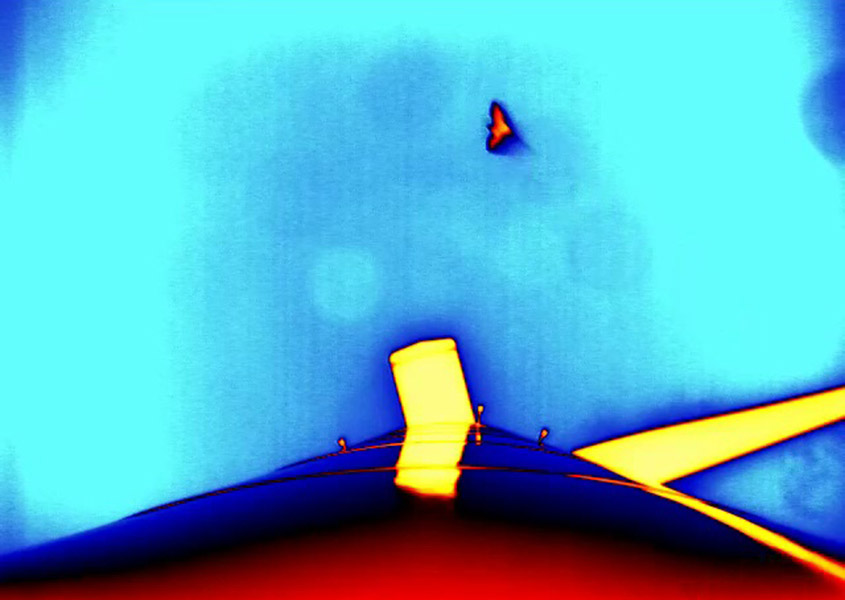
NREL Model Can Help Golden Eagles Soar Safely Around Wind Turbines
Golden eagles will often find an updraft to assist their flight, letting them soar to greater heights without working too hard. However, those upward-moving gusts of wind are also gold for wind turbines.
The Stochastic Soaring Raptor Simulator, developed at NREL with support from WETO, can predict the likely long-distance flight paths of individual golden eagles (and other raptors) as they ride updrafts through the air. The model, which is publicly accessible on GitHub, will use a site's particular details to simulate long-distance movement of golden eagles, including migration.
"A golden eagle's goal to minimize its energy expenditure will affect its decision making. The model uses that principle to generate a map of probable paths the eagle might take," said Rimple Sandhu, a postdoctoral researcher at NREL and the lead author on the article published in Ecological Modelling. NREL researchers Charles Tripp, Eliot Quon, Regis Thedin, Lindy Williams, Paula Doubrawa, Caroline Draxl, and Mike Lawson co-authored the article.
Read more about the Stochastic Soaring Raptor Simulator and eagles and wind energy.
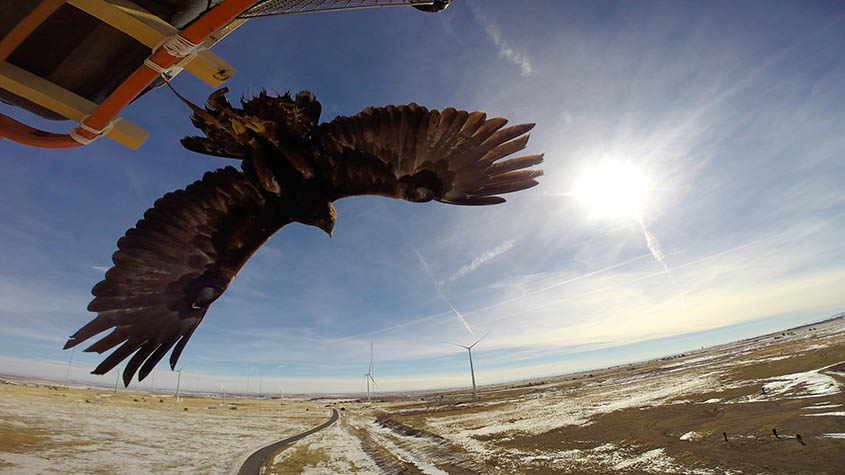
Behind the Blades
Administrative Support Keeps Rotors Turning
"I used to think, 'That would be a cool place to work,'" Shelley Neiman recalls. That was back when she worked not too far from NREL's Flatirons Campus within view of the wind turbines. One day, she decided to see what opportunities were at the lab and stumbled upon an opening in the Business Support team.
Now, in addition to being the Business Support team lead, Neiman is the assistant to the director of the National Wind Technology Center (Daniel Laird). She also performs those essential but often invisible administrative duties, such as coordinating high-profile visitor tours, managing busy calendars, and planning travel and events for Laird, the wind energy laboratory program manager (Brian Smith), other executive staff, and the center as a whole.

One of the things NREL researchers work on is improving the reliability of wind energy as a clean contributor to the U.S. grid. But that effort would be impossible without the reliable help of administrators, managers, safety workers, and so many more people behind the scenes who, like Neiman, keep the research flowing.
Although Neiman could provide this kind of backbone service to just about any organization, her curiosity keeps her tethered to NREL and those wind turbines that caught her attention years ago.
"I love learning about all the different ways that wind can create energy or assist in creating energy," she says, "and how it's all connected."
Now, after more than 7 years at NREL, Neiman has found all the ways the lab's community is connected. She is just as curious about and committed to the lab's diverse researchers and staff—who taught her about more than just the intricacies of renewable energy—as she is to their work.
"I work with the best group of people," Neiman says. "It's amazing. I have learned a lot about different cultures and food."
At the monthly barbeque lunches, an old tradition at NREL's Flatirons Campus that is making a comeback as the campus reopens, Neiman enjoys the camaraderie among her colleagues. That, Neiman says, gives her the sense of being part of a family.
Speaking of family, her father used to work at what is now NREL's Flatirons Campus, back when it was part of the Rocky Flats Plant. A Colorado native, Neiman enjoys getting outdoors to camp and fish with her family or catching a movie at the drive-in.
If her work life were turned into a movie, it would feature a cast of hundreds. She's like the director: off camera, behind the scenes, but making it easy for the movie stars to create their magic.
On the Radar
NREL Upgrades Wind Plant Optimization Tool
NREL's Wind Energy Controls Research Team has announced the release of Version 3.0 of the FLOw Redirection and Induction in Steady State (FLORIS) wind farm controls software. FLORIS optimizes flow control strategies so that existing wind energy facilities can improve productivity and future projects can maximize profits.
"This version of the open-source software represents a major redesign, rewrite, and enhancement," said Paul Fleming, NREL researcher and principal investigator. "It's much faster—100 times faster than version 2.1 and 30 times faster than version 2.4. It's also more accurate and supports more varied computations."
FLORIS was developed by NREL and Delft University of Technology with support from WETO. Funding was also provided by the National Offshore Wind Research and Development Consortium.
Read more about how the FLORIS redesign can support wind energy.
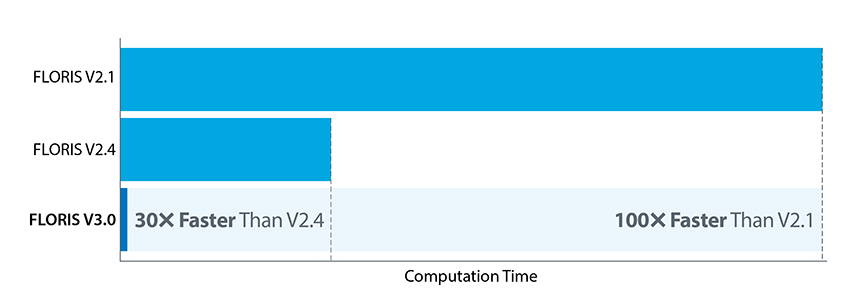
Collegiate Wind Competition Helps Prepare Wind Energy's Next Generation
DOE is now accepting applications for the 2023 Collegiate Wind Competition (CWC). For the 2023 competition, organizers have implemented a new application process and timeline that are intended to broaden the reach and impact of the CWC by making the event more accessible to schools that have not participated in the past.
The 2023 CWC application deadline is June 20, 2022.
As DOE invites students to apply to participate in next year's competition, organizers are preparing for the finale of this year's event. Twelve competing teams and four learn-along teams will present their wind turbine prototypes, wind project siting plans, and outreach activities May 16–18, 2022, at American Clean Power Association's CLEANPOWER 2022 Conference and Exhibition in San Antonio, Texas. The 2022 CWC focuses on the challenges associated with fixed-bottom offshore wind energy projects.
By participating in the CWC, students develop the skills, experience, and connections that will help them break into the growing wind energy industry and the wider renewable energy industry.
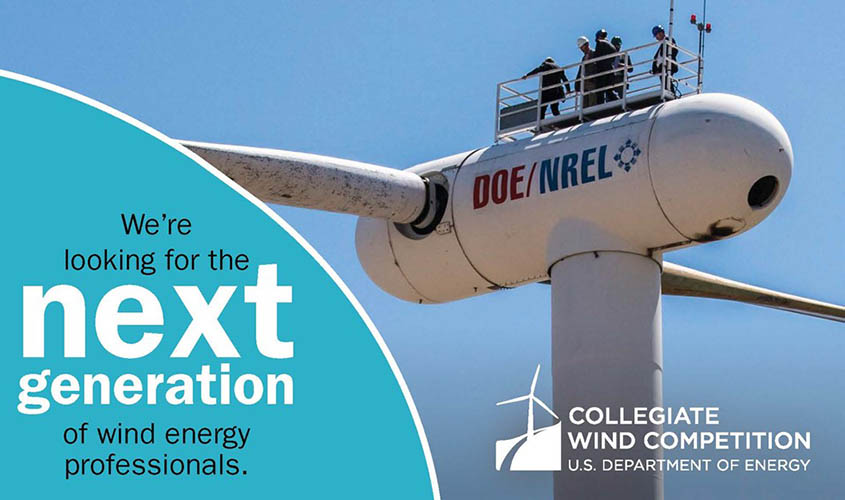
Upcoming Events
Collegiate Wind Competition Helps Prepare Wind Energy's Next Generation
Applications are now open for the 2023 CWC! To expand the number of teams and schools competing in this annual event, organizers
have implemented a new, more straightforward application process and timeline. Want
to learn more? Join the competition organizers for an informational webinar covering the new application process and timeline. Can't join the live event? Register
anyway! After the webinar, competition organizers will send the recording to all registrants.
May 15–18, 2022, San Antonio, Texas: Collegiate Wind Competition at the CLEANPOWER
2022 Conference and Exhibition.
Join NREL researchers from the Wind Energy and Energy Conversion and Storage Systems
programs at the CLEANPOWER 2022 Conference and Exhibition, and check out the competitors' wind turbine models at the 2022 CWC. The American Clean Power Association's annual conference will feature panels, presentations,
workshops, and poster sessions that make up the renewables mix from land-based wind,
offshore wind, solar, storage, and transmission.
June 17, 2022, 10 a.m. MT, Virtual: Deployable Wind Power for Defense and Disaster
Response Workshop
Stakeholders are invited to attend the Deployable Wind Power for Defense and Disaster Response Workshop—hosted by Sandia National Laboratories, NREL, Idaho National Laboratory, and University
of Dayton Research Institute—to learn more about integrating wind energy in hybrid
deployable energy systems and understanding the needs of the defense and disaster
response communities. Register for the workshop to connect with research, industry, academic, and government attendees at a workshop
aimed at bringing wind energy manufacturers together with power-integrator end users.
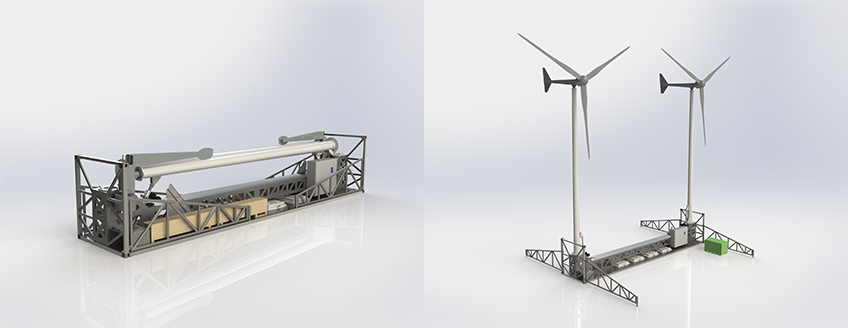
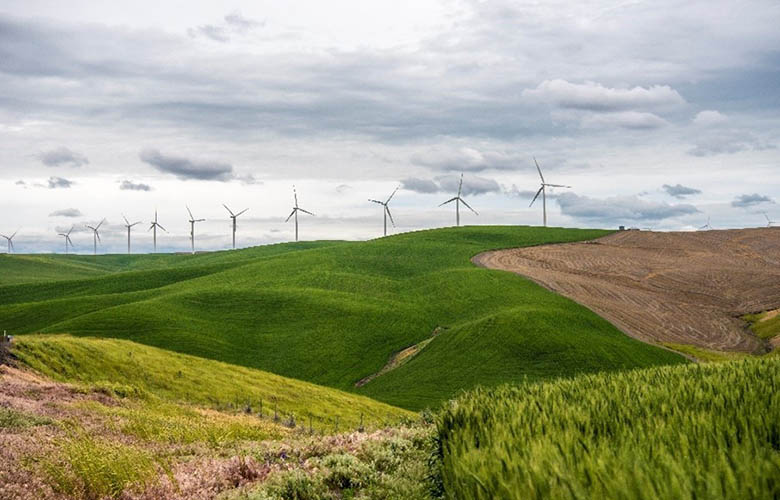
Downwind: In Case You Missed It
Wind Turbines Can Stabilize the Grid
WETO is highlighting the work of NREL Chief Engineer Vahan Gevorgian, who demonstrated that a common variety of wind turbine can jump-start the grid during a blackout or operate without the power grid. Conducted in partnership with General Electric, this demonstration indicates that wind turbines can potentially stabilize the power grid, reducing the dependency on traditional sources of grid stability.
Learn more about research on wind turbines and grid stabilization.
NREL in the News
U.S. Wind Energy Is (Finally) Venturing Offshore, Discover Magazine (2022)
Report Outlines Supply Chain Needs To Achieve U.S. Offshore Wind 2030 Goal, WindTech International (2022)
DOE Reports Supply Chain Must Be Developed To Meet Offshore Wind Goals, The Maritime Executive (2022)
DOE Takes Stock of Offshore Wind Supply Chain, Calls for 2,100 Turbines To Meet 30 GW Goal, Utility Drive (2022)
NREL: U.S. Will Need 2,100 American-Made OSW Turbines by 2030, RTO Insider (2022)
Right "Enabling Actions" in U.S. Offshore Wind Could Spark $9Bn-a-Year Economic Boon: NREL, Recharge (2022)
Publications
IEA Wind White Paper Cumulative Effects Analysis for Wind Energy Development: Current Practices, Challenges, and Opportunities, IEA Technical Report (2022)
Wind Farm Flow Control: Prospects and Challenges, Wind Energy Science Discussions (2022)
Understanding Costs Associated With Wind Energy Opposition and Stakeholder Engagement, IEA Technical Report (2022)
Dynamic Characterization and Performance Evaluation of a 10-kW Power Take-Off With Mechanical Motion Rectifier for Wave Energy Conversion, Ocean Engineering (2022)
Dynamic Land Use Implications of Rapidly Expanding and Evolving Wind Power Deployment, Environmental Research Letters (2022)
State-Level Employment Projections for Four Clean Energy Technologies in 2025 and 2030, NREL Technical Report (2022)
Turbine Scale and Siting Considerations in Wind Plant Layout Optimization and Implications for Capacity Density, Energy Reports (2022)
Can Reanalysis Products Outperform Mesoscale Numerical Weather Prediction Models in Modeling the Wind Resource in Simple Terrain? Wind Energy Science (2022)
A Multipurpose Lifting-Line Flow Solver for Arbitrary Wind Energy Concepts, Wind Energy Science (2022)
Comparison of the Gaussian Wind Farm Model With Historical Data of Three Offshore Wind Farms, Energies (2022)
The Demand for a Domestic Offshore Wind Energy Supply Chain, NREL Technical Report (2022)
Want More?
Subscribe to The Leading Edge newsletter, and explore the latest news and accomplishments in wind energy at NREL.
Share

